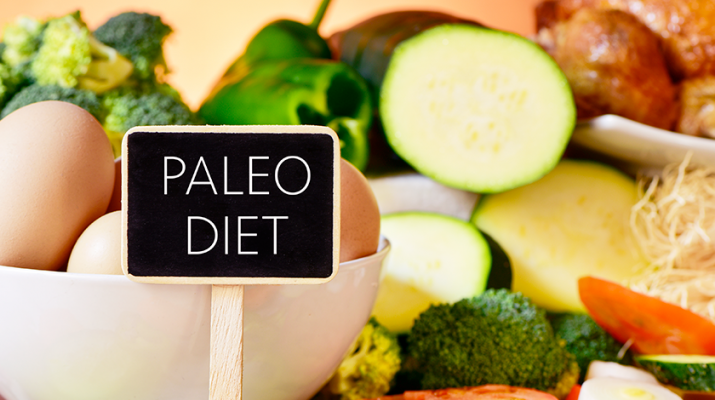By Deborah Jeanne Sergeant
Dietary changes to manage Type 2 diabetes may seem confusing and hard to handle. Following a well-known and publicized paleo diet may seem an easier way to manage the disease.
Paleo emphasizes meat, whole fruits and vegetables and tree nuts, eschewing dairy, processed foods, sugar, juice, alcohol, caffeine and grains.
Research from City of Hope National Medical Center, a nonprofit clinical research center in California, focused on the effects of paleo diet on Type 2 diabetics. While some patients lost weight while eating paleo, some of the foods banned by the plan may cause deficiencies.
Local experts agreed.
Justin Draper, certified personal trainer and owner of Jada Blitz Training, Inc. in Williamsville, said that in general — not specific to diabetics — paleo is a healthful way to eat. “I’ve seen people get great results. You can reduce caloric intake and focus on whole food, which your body can easily digest better.”
Since paleo restricts grains, that could help diabetics, who need to cut back on high glycemic index foods that cause blood sugar to spike.
Jane Giambrone, certified diabetes educator and clinical diabetes care manager in Rochester, agrees that “eliminating processed foods, refined grains and refined sugars may improve blood sugar levels.”
She added that research among those who follow the paleo diet indicates a moderate to significant decline in blood sugar, depending upon the study.
Other positive effects of effective dietary changes can include weight loss in about three months and improved insulin resistance.
“That helps control blood sugar and also helps with reducing cancer and heart disease risk per physician Raynald Samoa, an endocrinologist and assistant professor of medicine at City of Hope,” Giambrone said.
Paleo comes with some drawbacks. Though more and more foods are labeled as “paleo-friendly” and followers can download apps to help them decide if foods fit the plan, it is highly restrictive. Many people would find this difficult to follow long-term.
The narrowness of paleo diet may make it harder to eat enough natural sources of calcium since dairy’s off the menu.
The only exception is heavy cream and butter. Animal fat is also fine. All of these contain high levels of saturated fat, which the American Heart Association associates with raised LDL cholesterol levels in the blood, increasing the risk of heart disease and stroke.
Paleo also forbids numerous foods rich in nutrients, such as cereal grains and legumes such as soy, peanuts, kidney beans, pinto beans, navy beans, split peas and black-eyed peas.
For people on a budget, the paleo diet may be more difficult to follow since many of its permissible foods are expensive, such as wild-caught salmon, coconut oil, more costly pasture-raised meat, and organic foods.
“Everyone is different and what may be right for one person, may not be right for another person,” Giambrone said. “I do believe this may be an ideal option for some. With any diabetes meal plan it is important that the food plan is individualized.
“It’s best to talk with a primary care physician to see if this is a meal plan worth trying if you have diabetes.”

